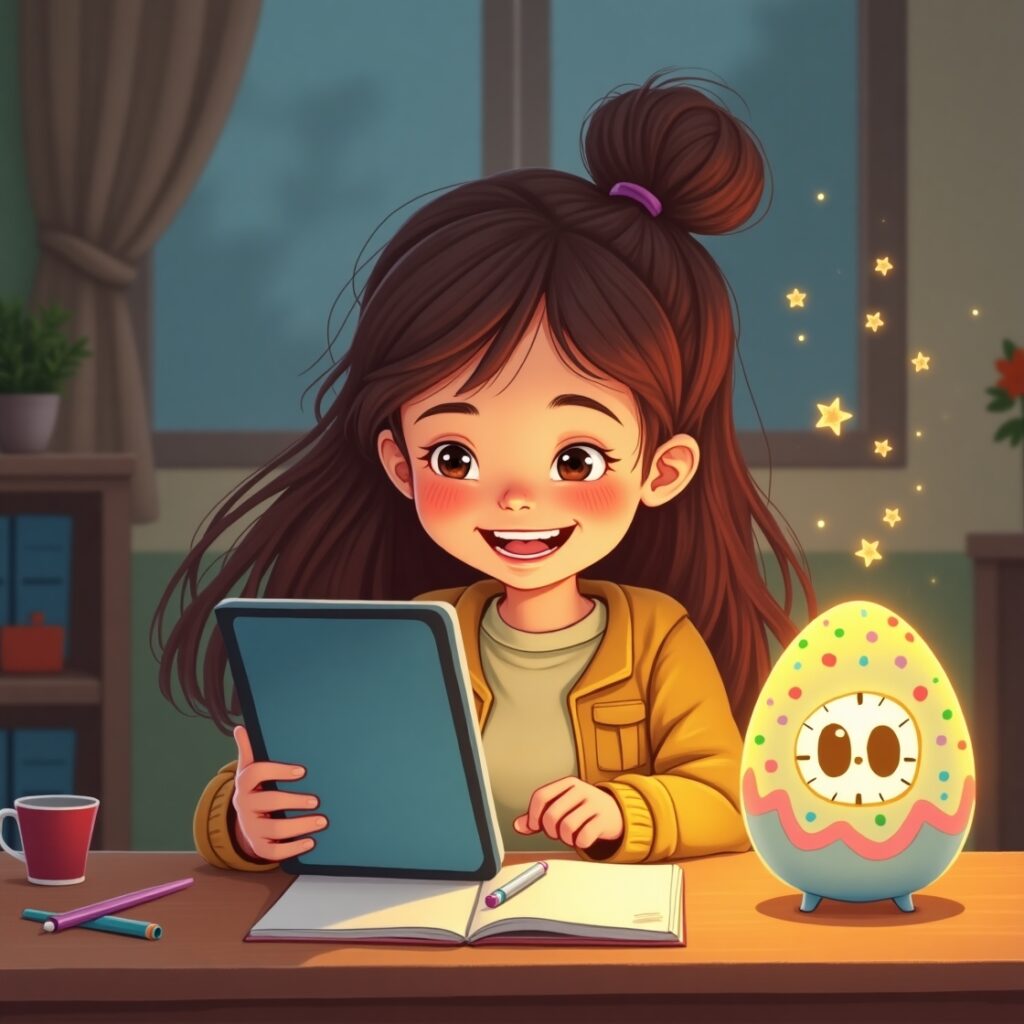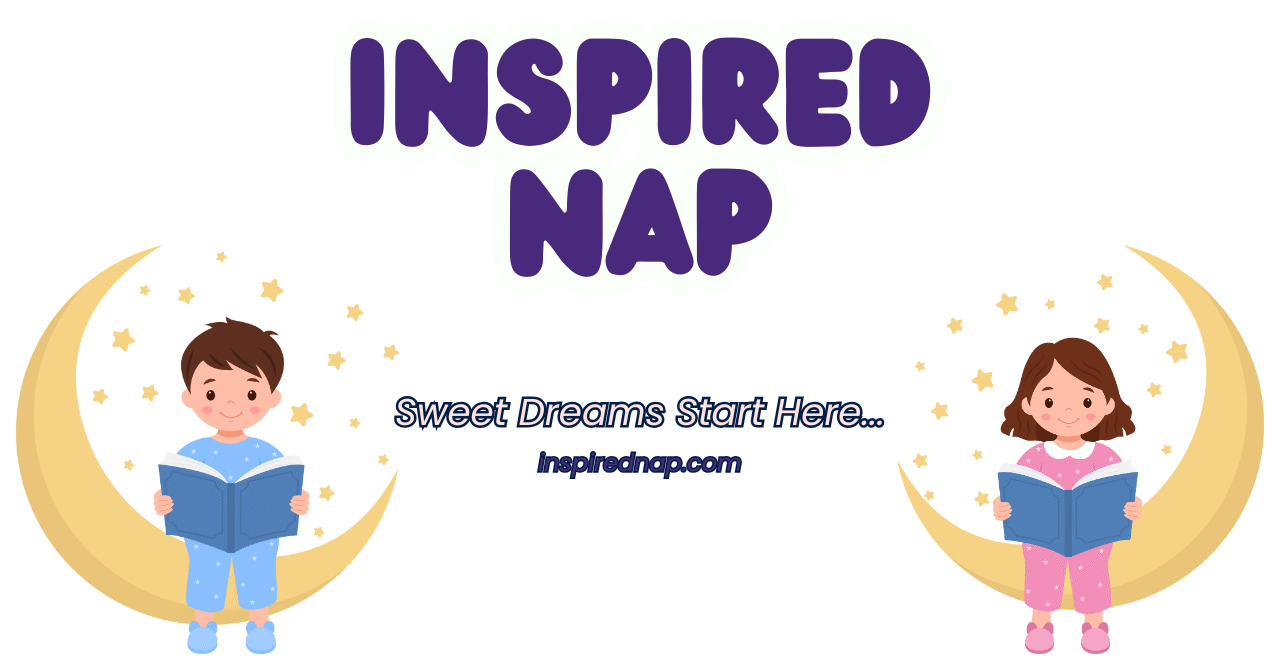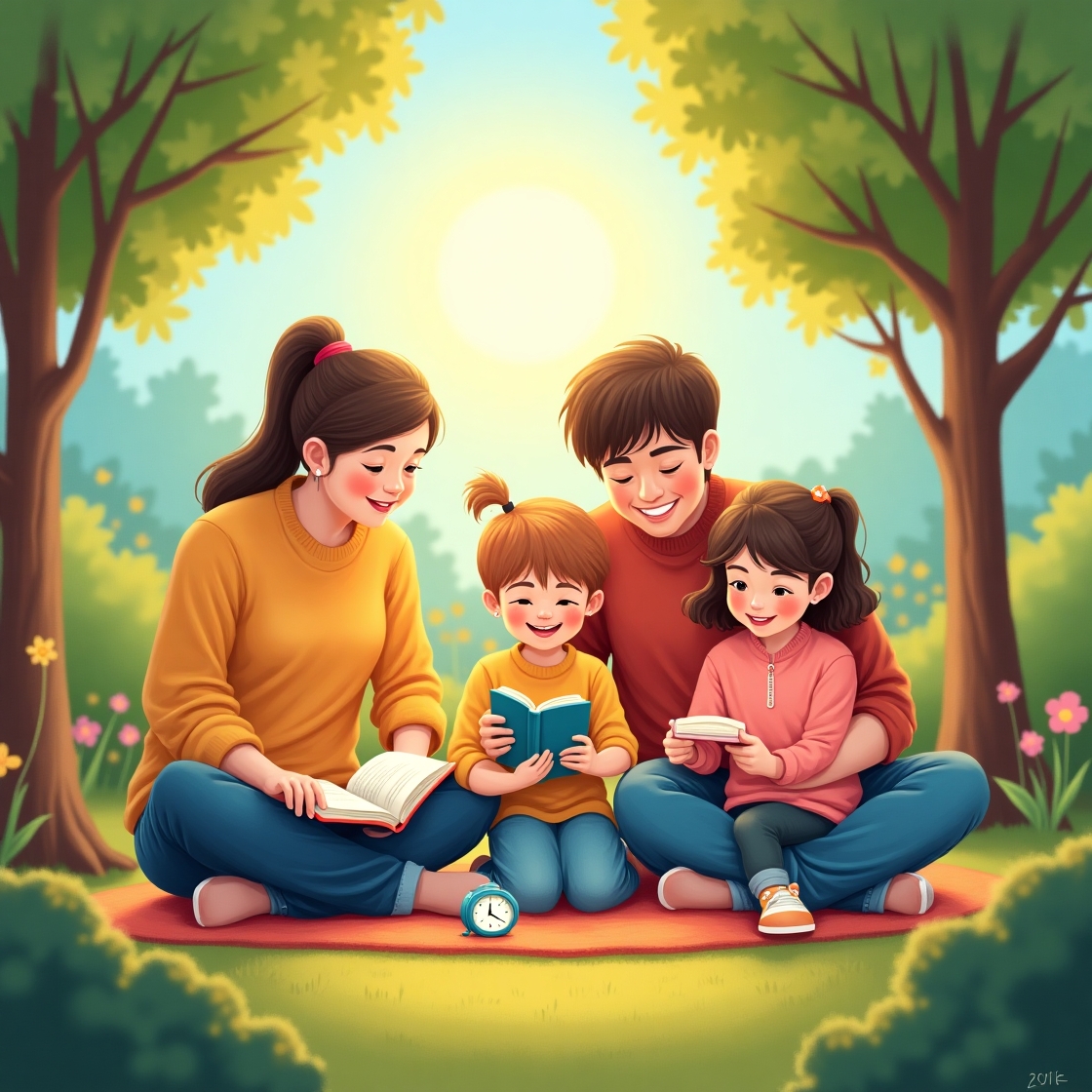In today’s world, technology is everywhere: from smartphones and tablets to online games, social media, and streaming. While digital tools offer incredible benefits learning, entertainment, connection they also bring challenges: too much screen time, distraction, disrupted sleep, and sometimes stress.
Why Digital Balance Matters
- Developmental growth: For young children, interactive play, face-to-face interaction, physical movement are essential. Excessive screen time at early ages can interfere with language development, social skills, attention span.
- Sleep & health: Screens before bedtime, blue light, constant notifications all can disrupt sleep, increase risk of obesity, eye strain.
- Mental/emotional well-being: Overuse of social media or gaming may lead to anxiety, lower self-esteem, risk of cyberbullying. But balanced use can support learning, creativity, social connections.
Story Illustrations
Here are a few short stories (fictional but realistic) showing how families or kids learned to get digital balance. You can adapt or use them in your article for engagement.
- Story 1: Sara’s Screen Struggle
Sara, age 8, got her own tablet. She loved watching cartoons and playing games so much that she forgot to join outdoor play, skipped homework, and was very tired in mornings. Her parents noticed, so they sat down, made a schedule: only 1 hour of recreational screen after school, devices off 1 hour before bed, and weekends have one “tech-free afternoon.” Over a few weeks, Sara’s sleep improved, she felt happier, and family time at dinner got better. - Story 2: Ali’s Social Media Balance
Ali, age 13, was spending many hours on social media, chatting late at night, comparing himself to others, feeling anxious. His parents talked to him about how social media works, what filters and algorithms show, the importance of digital privacy. They made a family media agreement: phone curfew, only following friends/family he knows, turning off notifications after 9 pm. Ali now uses social media more intentionally, and spends more time reading, sports, and doing hobbies. - Story 3: The Classroom Experiment
A teacher in a primary school asked her class of 9-10 year-olds “what would happen if we had 2 screen-free hours per day?” They tried it: no tablets/computers except for class learning, no videos, no phone games. They used the time for drawing, group reading, outdoor games. At the end of the week, many students said they felt “less tired,” could pay attention better, and even enjoyed talking more with friends without devices.
Stories About Digital Balance for Kids – Healthy Tech Habits
Writer’s Introduction
As a storyteller and observer of modern childhood, I often see kids living in two worlds the digital one filled with bright screens, games, and endless videos, and the physical one full of laughter, nature, and real-life friendships. Finding balance between these worlds is no longer just a parenting tip it is a life skill children need to grow healthy, happy, and confident. These five stories are not just tales; they are guiding mirrors that reflect how children, with the right habits and support, can master digital balance and thrive.
1. Lina and the Magic Timer: Learning to Pause the Screen
Too Much Screen, Too Little Joy
Lina loved her tablet. She played games from morning till evening, sometimes forgetting her homework and skipping playtime with her little brother. The glow of the screen felt like magic, but at night, Lina found it hard to sleep and often felt cranky.

The Magic of Limits
One evening, her mother introduced a small egg timer and called it the “Magic Timer.” They set it to 30 minutes whenever Lina used her tablet. When the timer rang, it was time to put the screen aside and try something else drawing, reading, or playing outside.
The Change
At first, Lina resisted, but slowly she discovered that 30 minutes were enough. She began to enjoy sketching animals, playing hide-and-seek with her brother, and even helping her father in the garden.
Lesson Learned
Lina realized that technology was fun, but the timer taught her the magic of balance. She felt happier, slept better, and found joy in both worlds the digital and the real.
2. Omar’s Tech-Free Treasure Hunt
Always Online
Omar was 10 and known as the “gaming king.” His friends loved watching him play, but soon, he stopped joining them in the park. His parents noticed his pale face and his slouched shoulders from sitting too long.

A Creative Plan
One weekend, his parents announced a surprise: a “Tech-Free Treasure Hunt” in their backyard. Omar had no choice but to join. They gave him clues hidden in envelopes—each leading to puzzles, riddles, and little challenges.
Re-Discovering Fun
At first, Omar missed his console, but as he solved the riddles, he laughed louder than ever. Running across the yard, digging in flowerpots for clues, and working with his sister made him realize fun didn’t always need Wi-Fi.
New Routine
The treasure hunt became a weekly tradition, and Omar balanced his gaming hours with outdoor play. He learned that adventure in the real world could be even more exciting than in virtual quests.
3. Sana and the Family Media Agreement
Too Many Arguments
Every night, Sana’s family argued. She wanted more TV, her brother wanted his phone, and their parents worried about too much screen time. Dinner often turned silent, each person glued to a different device.
The Agreement
One Sunday, her parents suggested making a “Family Media Agreement.” They sat together and wrote down rules: no screens during meals, no phones in bedrooms at night, and 2 hours max for recreational screen use. Each family member signed it like a contract.
Tech-Free Dinners
At first, it felt strange to eat without the TV in the background, but slowly, dinners turned into storytelling time. Sana’s brother cracked jokes, her mother shared childhood memories, and her father talked about his day.
Family Connection Restored
The agreement transformed their evenings. Technology stayed, but in balance. Sana learned that boundaries created more room for connection and laughter.
4. Arman and the Sleepy Screen
The Midnight Glow
Arman, a 12-year-old, loved scrolling through videos late at night. The blue glow of his phone kept him company under the blanket. But soon, he struggled to wake up for school, yawned during class, and his grades dropped.
A Smart Change
One day, his teacher explained how blue light tricks the brain into thinking it’s daytime. Curious, Arman tried leaving his phone in the living room before bedtime. He replaced it with a book and soft music.
Restored Energy
Within a week, Arman noticed he felt fresher in the morning. His concentration improved, and even his mood lifted.
The Lesson
Arman discovered that healthy tech habits are not about giving up devices they’re about using them wisely. By letting go of screens before bed, he found better sleep and brighter mornings.
5. Noor and the Digital Garden
Always Connected
Noor, age 9, loved exploring new apps. She created digital drawings, watched DIY craft videos, and chatted with friends. But she rarely went outside.
Planting Real Seeds
Her grandmother noticed and gave her a small pot with soil and seeds, calling it her “Digital Garden.” The rule: for every hour Noor spent online, she had to spend 30 minutes tending her garden.
Growing Balance
Slowly, Noor watered, checked sunlight, and talked to her plants. She learned patience, responsibility, and joy in watching something grow in real life.
New Habits
Noor didn’t abandon her tablet, but now she balanced it with her garden. Her favorite part? Sharing her real flowers with her online friends, teaching them how to plant too.
Closing Note from the Writer
These stories show that digital balance is not about banning technology but about creating healthy rhythms moments of connection, creativity, play, and rest. By weaving simple habits into children’s daily lives, families can teach the art of balance, ensuring that kids grow into mindful digital citizens.
Healthy Tech Habits & Tips
Based on research and expert guidelines, here are practical habits you can build in:
- Set age-appropriate screen limits
- For toddlers (0-2 years), avoid screens except video chatting. American Psychological Association+2American Academy of Pediatrics+2
- Ages 2-5: limit to about 1 hour/day of high-quality educational media. American Academy of Pediatrics+1
- Older children: focus more on content quality, ensure screen use doesn’t interfere with sleep, physical activity, socializing.
- Create “tech-free” zones & times
- No devices during meals, family time, or in bedrooms—especially before bed. Caring for Kids+2safes.so+2
- Designate times of day (e.g. after dinner) when screens are put away.
- Encourage quality content & co-use
- Preview apps, shows, games. Use educational, interactive and non-violent content. HealthyChildren.org+1
- Watch or play together “co-view/co-play” so you can talk about what the child sees, what is true or not.
- Balance screen time with offline & physical activities
- Outdoor play, sports, hobbies like drawing, reading in paper, board games etc. UNICEF+1
- Encourage creativity (arts, crafts), family walks etc.
- Set digital rules and boundaries
- Family media plan or family agreement about how devices are used. What is allowed and what not. HealthyChildren.org+2thetalkinstitute.com+2
- Use parental controls, privacy settings. Monitor but also discuss openness.
- Be a good role model
- Kids often mimic parents. If parents are always on screens, kids will think that’s normal. Freedom+1
- Mind screen timing & bedtime rituals
- Avoid screens at least one hour before sleep. Remove devices from bedroom at night.
Explore LIFE
- Tips
- Link to your articles like “How to Help Kids Sleep Better”
- “Educational Games vs Entertainment Apps”
- “Family Activities Without Screens”
More Interesting Stories
Conclusion
Digital tools are here to stay; what’s important is cultivating a healthy, balanced, mindful relationship with them from childhood. With thoughtful habits, open communication, and consistent boundaries, you can help kids reap the benefits of technology without suffering its downsides. The stories above show it’s possible and rewarding for families to find that balance.

